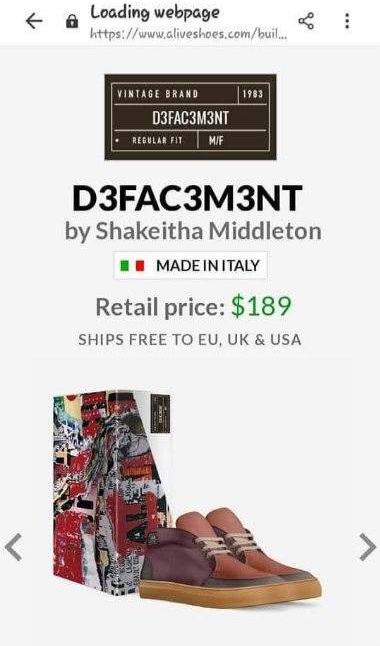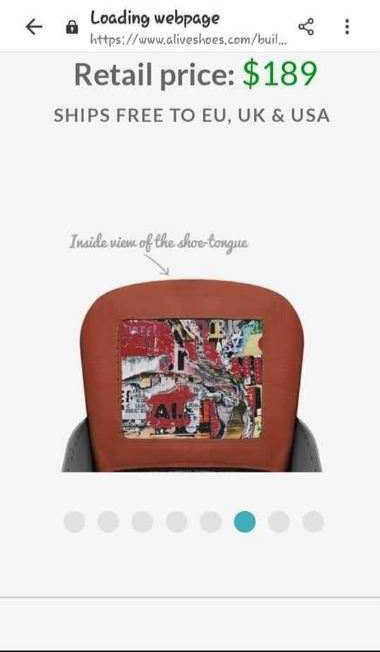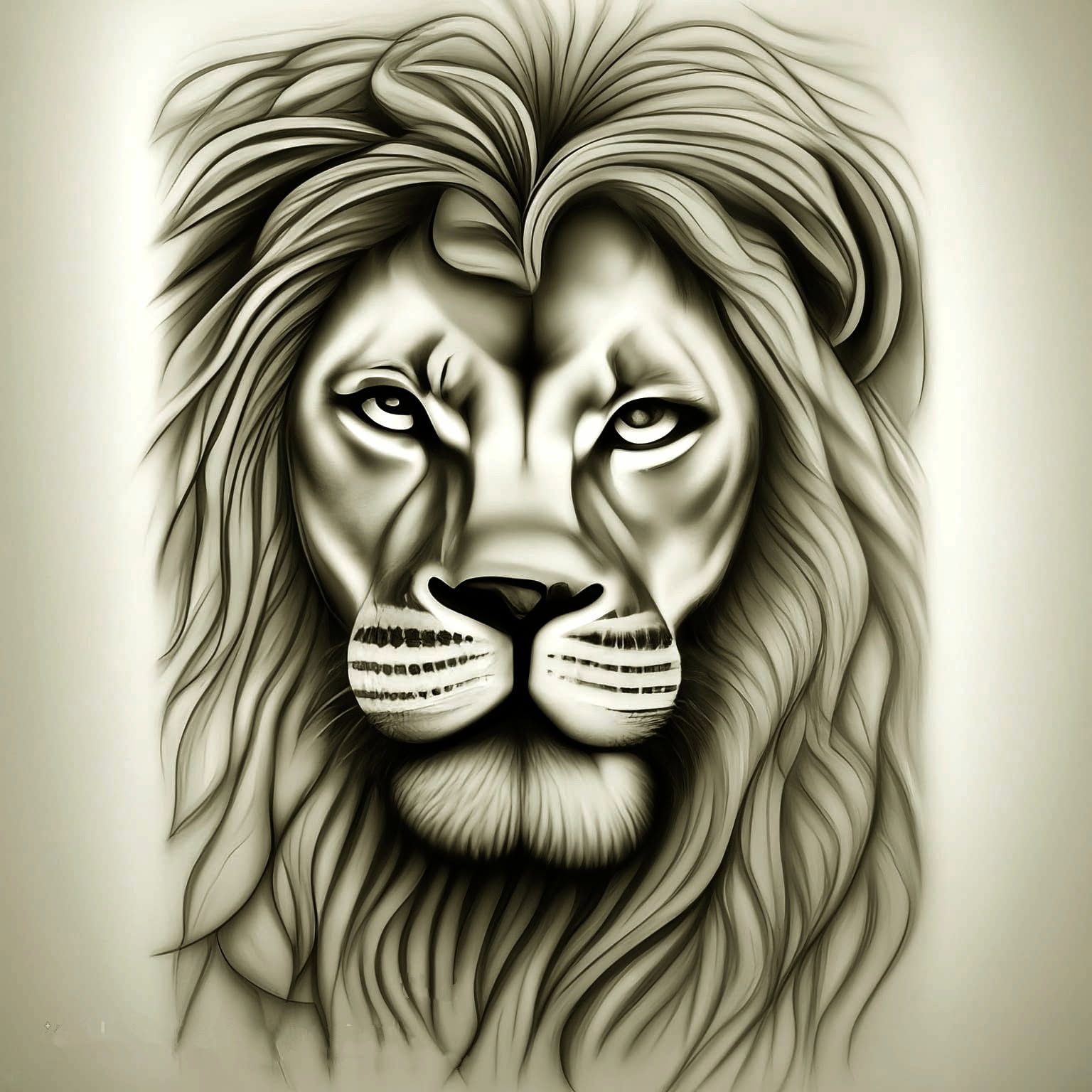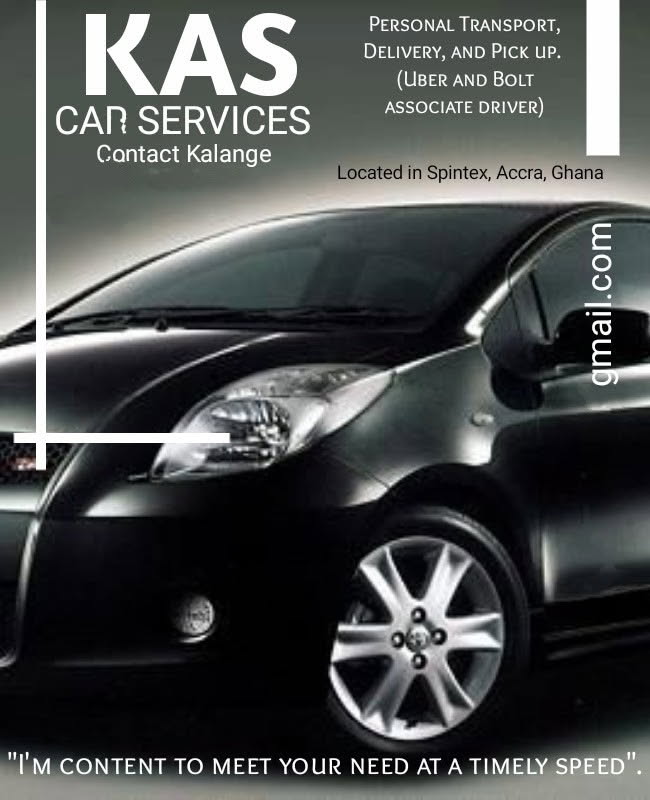Alright – so today we’ve got the honor of introducing you to Shakeitha Middleton. We think you’ll enjoy our conversation, we’ve shared it below.
Shakeitha, thanks for joining us, excited to have you contributing your stories and insights. How do you feel about asking friends and family to support your business? What’s appropriate, what’s not? Where do you draw the line?
I have mixed feelings about asking friends and family to support my business. On one hand, your closest relationships are often your first customers and biggest cheerleaders – they believe in you when no one else does. But there’s also something that feels uncomfortable about potentially exploiting those relationships for commercial gain.
I think the key is being genuine and not pushy. If I’ve created something I’m genuinely proud of that I think would add value to their lives, then sharing it feels natural. Like if I opened a restaurant and made incredible food, of course I’d want my loved ones to try it. But if I’m constantly pestering them to buy things or make them feel guilty for not supporting me, that crosses a line.
What’s appropriate to me is sharing your passion and letting them know what you’re up to, maybe offering them a friends-and-family discount or early access to something. What’s not appropriate is making them feel obligated, repeatedly asking after they’ve said no, or treating them like a captive audience for your sales pitches.
I draw the line at anything that makes the relationship feel transactional. The moment someone starts avoiding my calls because they think I’m going to try to sell them something, I’ve gone too far. Your relationships should be more valuable than any single business transaction.
I’ve seen friends get really uncomfortable when someone in their circle starts a multi-level marketing business and suddenly every conversation becomes about recruiting them or buying products. It changes the dynamic entirely. On the flip side, I’ve also seen people whose friends and family were genuinely excited to support them because they’d built something meaningful and shared it in an authentic way.
The best approach I’ve observed is treating friends and family as your first honest critics rather than your guaranteed customers. Ask for their feedback, let them know what you’re working on, but don’t make them feel like supporting your business is the price of maintaining the relationship.
Awesome – so before we get into the rest of our questions, can you briefly introduce yourself to our readers.
I’m a multi-disciplinary creative who wears several hats – writer, artist, photographer, and graphic designer. My journey into these fields happened organically over time, driven by an insatiable curiosity about visual storytelling and communication.
I got my start in writing, actually. I’ve always been drawn to the power of words to move people, whether that’s through compelling copy, engaging articles, or creative fiction. From there, I discovered that my love for storytelling extended beyond just words – I wanted to tell stories visually too. That led me into photography, where I fell in love with capturing moments and emotions through the lens. The natural progression from there was into graphic design and visual art, where I could combine my writing background with my growing visual skills.
What I offer clients is really a comprehensive creative toolkit. On the writing side, I create everything from website copy and marketing materials to long-form content and creative pieces. As a photographer, I specialize in capturing authentic moments – whether that’s portraits, events, or commercial work that tells a brand’s story. My graphic design work ranges from brand identity and logo design to marketing materials, book covers, and digital assets. And my artistic practice allows me to bring a unique creative perspective to all of these commercial applications.
The problem I solve for clients is essentially translation – I take their ideas, their brand essence, their message, and I translate it into compelling visual and written content that resonates with their audience. So many businesses struggle to communicate who they are and what they offer in a way that actually connects with people. I bridge that gap.
What sets me apart is this multi-disciplinary approach. Most creatives specialize in one area, but because I work across writing, photography, design, and art, I can see the bigger picture of how all these elements work together. When I’m designing a brand identity, I’m already thinking about how the photography will complement it, how the copy will sound, how the whole ecosystem will work together. This holistic perspective means my clients get work that’s cohesive and intentional rather than disjointed.
I’m most proud of projects where I’ve been able to completely transform how a client presents themselves to the world. There’s something incredibly satisfying about taking a business owner who’s been struggling to articulate their value and giving them the visual and written tools to confidently show up in their industry. I’ve worked with everyone from small local businesses to larger organizations, and seeing them gain confidence in their brand presence never gets old.
What I want potential clients to know is that I’m not just executing someone else’s vision – I’m a true creative partner. I bring ideas to the table. I ask questions that help clarify what you’re really trying to say. I’m invested in your success, not just in delivering a finished product. My background across multiple disciplines means I can spot opportunities and solutions that others might miss.
For fellow creatives and people who follow my work, I want them to know that I believe in the power of authentic creativity. I’m not chasing trends or trying to copy what everyone else is doing. My artistic practice informs my commercial work and vice versa, and I think that tension creates something unique. I’m always experimenting, always learning, always pushing myself to grow.
At the end of the day, whether I’m writing, photographing, designing, or creating art, it all comes back to connection. How do we connect with other humans? How do we make them feel something? How do we cut through all the noise and actually communicate? That’s what drives everything I do.

Is there mission driving your creative journey?
Absolutely. My mission is to help people and brands find their authentic voice and translate that into compelling visual and written stories that genuinely connect with others.
I’ve noticed that in our oversaturated digital world, there’s so much noise – everyone’s shouting, but very few are actually communicating. People scroll past countless pieces of content every day because none of it feels real or relevant to them. That’s the problem I’m trying to solve through my work across writing, photography, graphic design, and art.
Whether I’m crafting copy for a small business owner who’s struggling to explain what makes them special, designing a visual identity that captures the essence of a brand, photographing moments that reveal authentic emotion, or creating art that explores deeper themes – it all comes back to this idea of cutting through the superficial and getting to something true.
My graphic design work isn’t just about making things look pretty; it’s about creating visual systems that help people understand and remember what a brand stands for. My photography isn’t just about technical perfection; it’s about capturing the real story behind the subject. My writing isn’t just about correct grammar and clever phrases; it’s about finding the words that make someone stop scrolling and actually pay attention. And my artistic practice – that’s where I push boundaries and explore ideas that inform everything else I do.
The driving force behind all of this is a belief that authentic connection is what we’re all craving. People want to feel seen, understood, valued. Businesses want to build genuine relationships with their customers, not just make transactions. I see my role as helping facilitate those connections through thoughtful, intentional creative work.
What really energizes me is when a client tells me that my work helped them finally feel confident about how they’re presenting themselves to the world, or when someone sees a piece of my art and it sparks a conversation or makes them think differently about something. Those moments remind me why I do this work.
I’m also driven by the idea that creativity should be accessible and purposeful, not just decorative. Every project I take on, whether it’s commercial or artistic, I’m asking myself: What’s the real purpose here? What are we trying to accomplish? How can we make this meaningful rather than just adding to the noise?
Ultimately, I want my creative journey to leave people and brands more equipped to show up authentically in the world. That’s success to me – not just creating beautiful work, but creating work that serves a real purpose and helps forge genuine human connections.

Can you share a story from your journey that illustrates your resilience?
There’s a period in my late twenties that really tested everything I thought I knew about myself as a creative person. I had been writing since I was a young child – it was always my primary identity, the thing I was known for. Then in late elementary school, I discovered visual art and that became another core part of who I was. For years, I felt pretty confident in those abilities.
But when I hit my mid-twenties and started exploring graphic design, editing, and photography, I suddenly felt like a complete beginner again. Here I was, trying to build a creative career, and I was fumbling with software, struggling with composition rules I’d never learned, making rookie mistakes that felt embarrassing given my experience in other creative areas.
The breaking point came when I lost a potential client because my design portfolio just wasn’t strong enough yet. They loved my writing, they were intrigued by my artistic background, but they needed someone who could deliver professional-level design work immediately. I remember sitting in my car after that meeting, feeling like maybe I was spread too thin, maybe I should just stick to what I already knew how to do well.
But something about that moment crystallized my determination. I realized that my writing foundation and artistic eye weren’t liabilities – they were actually advantages I just hadn’t learned how to leverage yet. Instead of retreating back to my comfort zones, I doubled down on learning. I spent months practicing, studying design principles, teaching myself photography techniques, learning editing software until my eyes burned.
What kept me going was remembering why I’d started expanding my skills in the first place. I had stories to tell and visions to bring to life that required more tools than just words or traditional art. I needed to be able to design, to capture images, to edit and refine – not because I wanted to abandon my roots, but because I wanted to build on them.
The resilience part wasn’t just pushing through the technical learning curve. It was maintaining confidence in my creative instincts while being humble enough to accept that I had a lot to learn. It was being willing to produce work that wasn’t perfect while I was developing those new skills. It was trusting that my writing background and artistic foundation would eventually integrate with these new abilities in powerful ways.
Looking back now, that period of struggle was essential. It taught me that being multi-disciplinary isn’t about being mediocre at several things – it’s about finding ways for different skills to enhance each other. My writing makes my design work more strategic. My artistic background gives my photography a different perspective. My design skills make my writing more visually compelling.
That experience of feeling like a beginner again, even after years of creative work, taught me that resilience isn’t just about pushing through challenges – it’s about staying curious and adaptable, even when it’s uncomfortable.




Image Credits
All images are credited to me,
Shakeitha Middketin:
1. Art pece: Lion’s mane
2. Art piece: The Poinsettia
4. Poem: Never Going Back
5. KAS Business Flyer (with blurred
edits)
6. Shoe Design: D3FAC3M3NT



